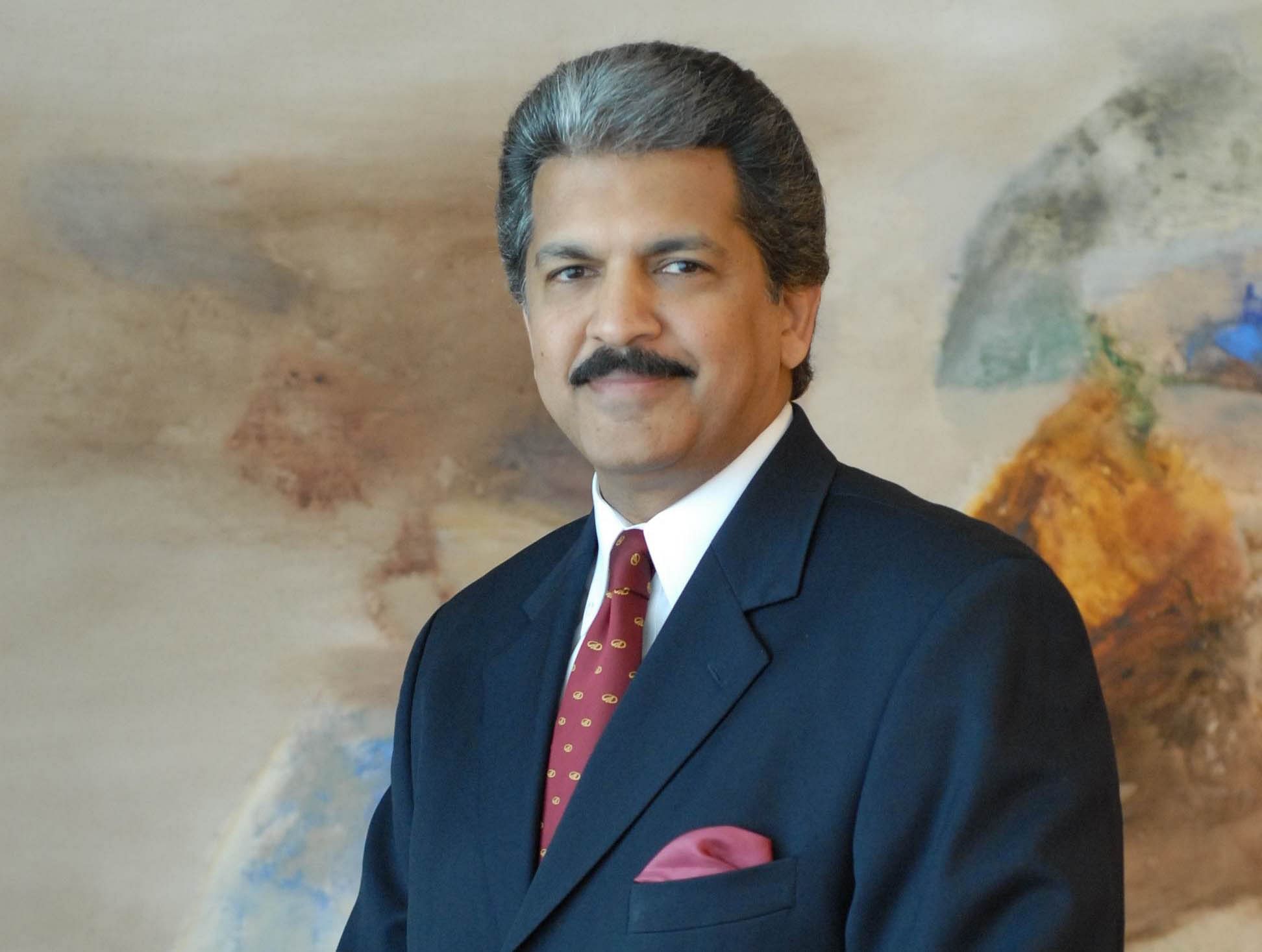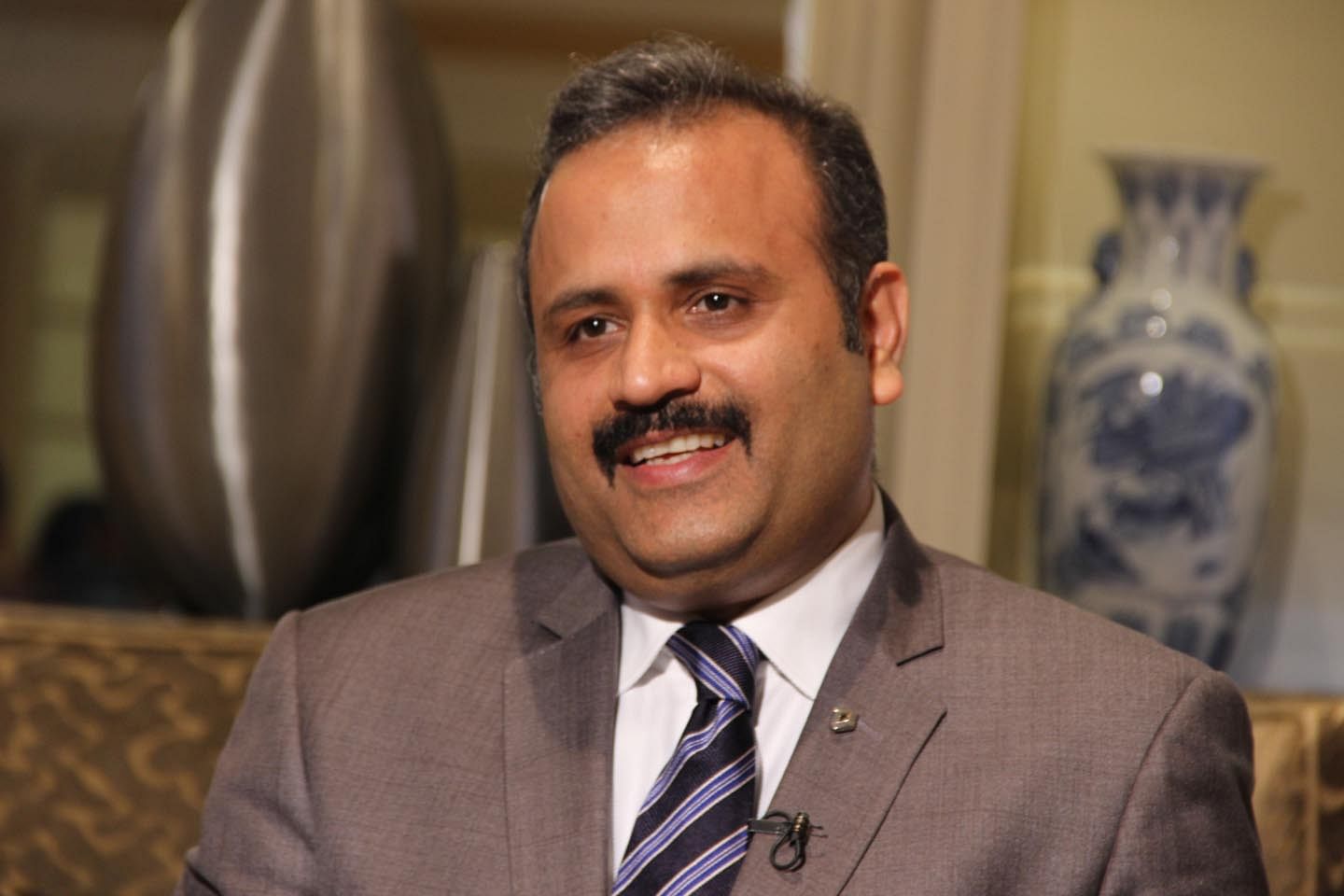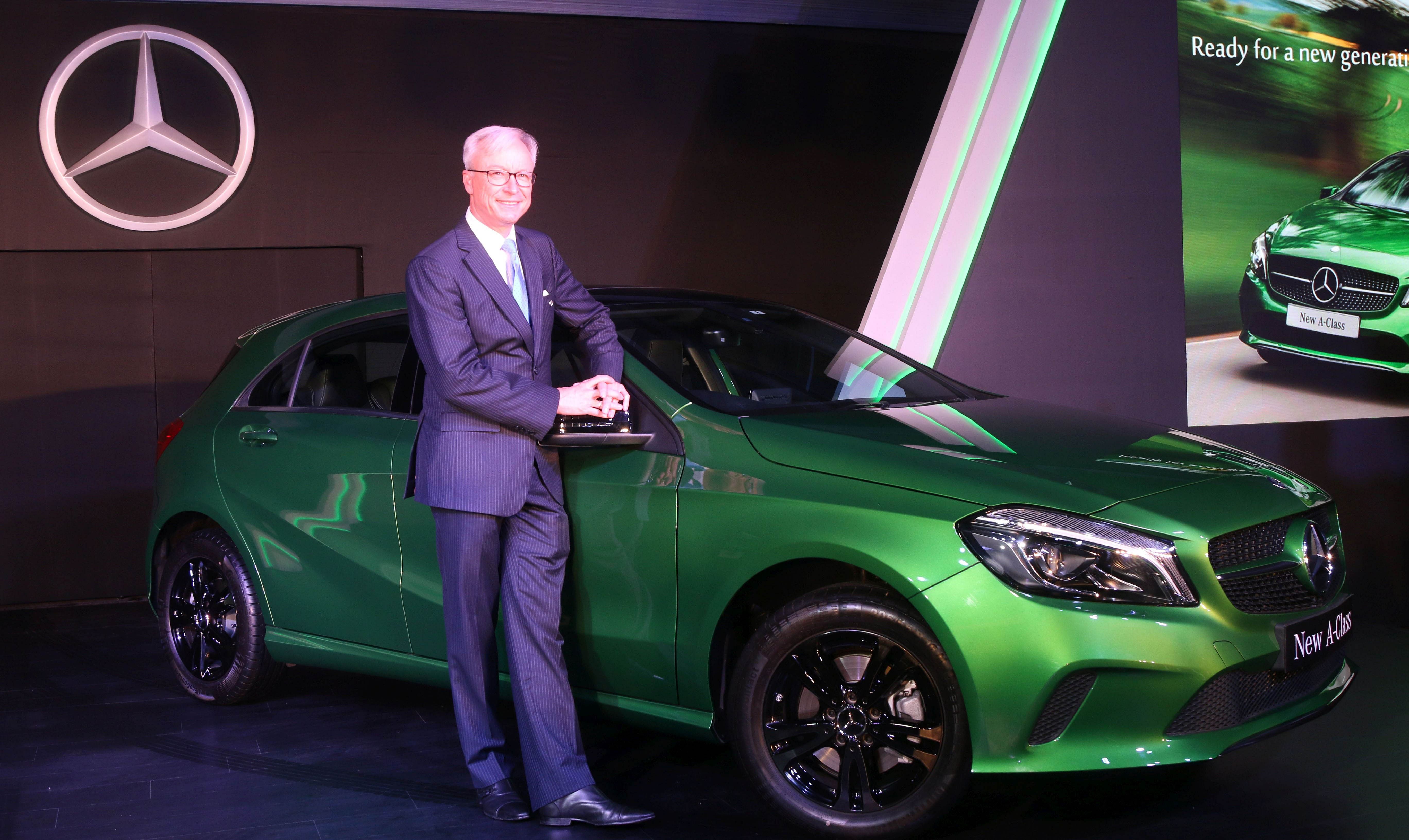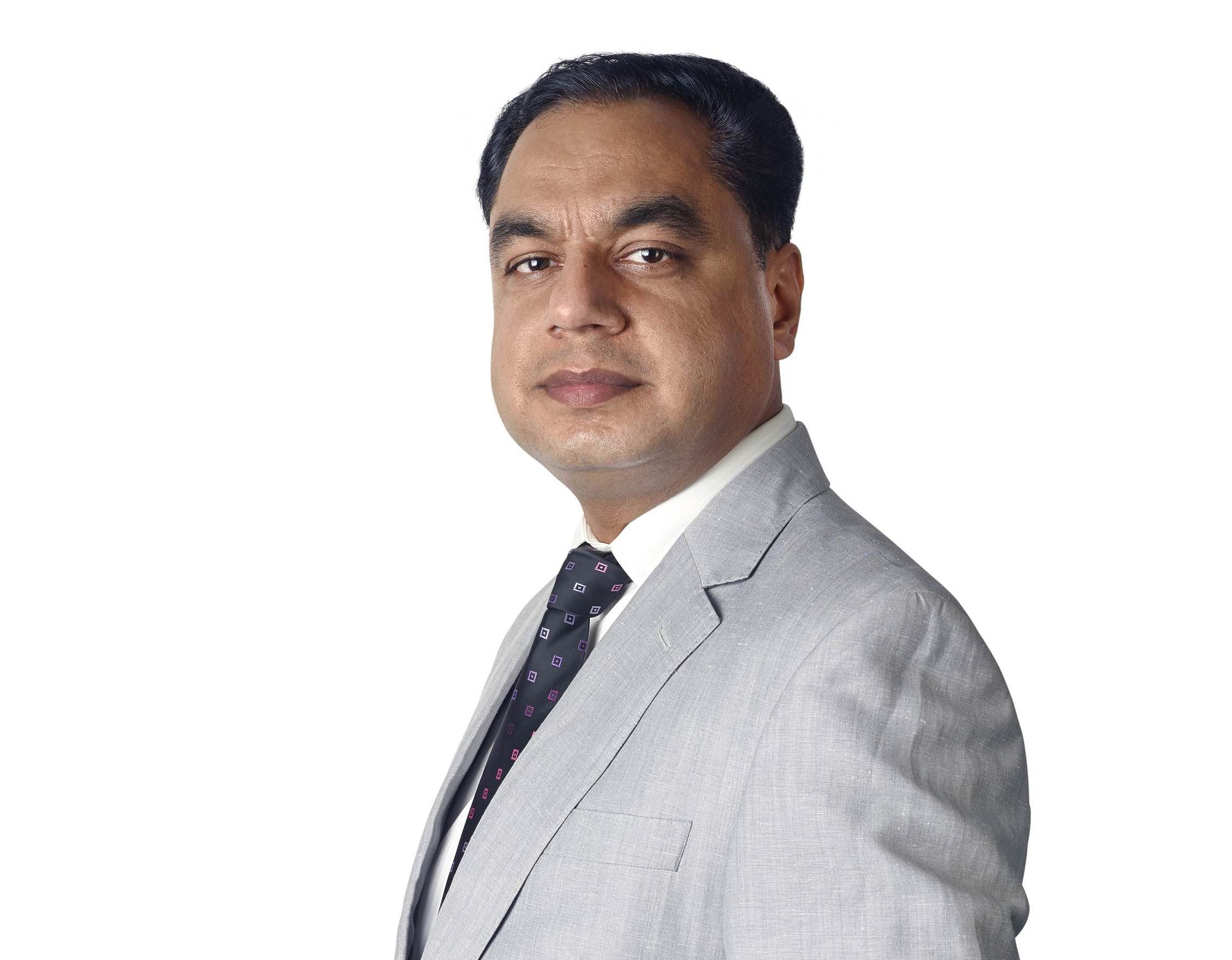Budget FY2018’s rural India and infra focus to have indirect benefits for India auto
While the Indian automobile and automotive component industry must have heaved a sigh of relief that there were no additional taxes imposed, the lack of any direct benefits would also have left CEOs and company heads a tad disappointed.
While the Indian automobile and automotive component industry must have heaved a sigh of relief that there were no additional taxes imposed in the proposals of the Union Budget FY2017-18 announced today by finance minister Arun Jaitley, the lack of any direct benefits would also have left CEOs and company heads a tad disappointed.
Here was a chance to give a leg up to the fledging electric vehicle industry through more incentives to the FAME India scheme, restore the weighted deduction of 200% on R&D expenditure in the wake of the domestic auto industry having to tackle BS VI in a scant four years, and eliminate/reduce customs duty on alloy steel and secondary aluminium alloy as apex component industry ACMA had recommended.
Instead, what most companies, barring a few, will have to contend with is growth filtering down from the promised increase in Budget spend on the rural sector and infrastructure development across the country.
Clearly, it will be a case of wait and watch for the auto sector as the finance minister said the benefits of the recent demonetisation exercise will kick in after a few months, adding that, “India stands out as a bright spot in the world economic landscape. India’s macro-economic stability continues to be the foundation of economic success.”
“Demonetisation has strong potential to generate long-term benefits in terms of reduced corruption, greater digitisation of the economy, increased flow of financial savings and greater formalisation of the economy, all of which would eventually lead to higher GDP growth and tax revenues.
The pace of remonetisation has picked up and will soon reach comfortable levels. The effects of demonetisation are not expected to spill over into the next year. Thus IMF, even while revising India’s GDP forecast for 2016 downwards, has projected a GDP growth of 7.2% and 7.7% in 2017 and 2018 respectively. The World Bank, however, is more optimistic and has projected a GDP growth of 7% in 2016-17, 7.6% in 2017-18 and 7.8% in 2018-19. This pick up in our economy is premised upon our policy and determination to continue with economic reforms; increase in public investment in infrastructure and development projects; and export growth in the context of the expected rebound in world economy,” said Jaitley.
FULL TEXT OF FINANCE MINISTER ARUN JAITLEY'S SPEECH
Big-ticket spend on building new highways
The road and infrastructure sector has received a big boost in the Budget. The Budget allocation for highways has been increased from Rs 57,976 crore in FY2016-17 to Rs 64,900 crore in FY2017-18 while 2,000km of coastal connectivity roads have been identified for construction and development. This will facilitate better connectivity with ports and remote villages. The total length of roads, including those under the Pradhan Mantri Gram Sadak Yojana (PMGSY), built from 2014-15 till the current year is about 140,000km, which is significantly higher than previous three years.
With an eye on improved logistics across the country in the future, the finance minister said, “An effective multi-modal logistics and transport sector will make our economy more competitive. A specific programme for development of multi-modal logistics parks, together with multi-modal transport facilities, will be drawn up and implemented.”
Boost for electronics sector
As is well known, India is a laggard when it comes to electronics manufacturing. The Budget aims to correct this anomaly. “We are creating an eco-system to make India a global hub for electronics manufacturing. Over 250 investment proposals for electronics manufacturing have been received in the last two years, totalling an investment of Rs 1.26 lakh crore.”
Benefit for MSMEs
The finance minister singled out Micro, Small and Medium Enterprises (MSMEs) as being “the bulk of the economic activity in the country”. In an effort to make MSME firms more viable, he said income tax for smaller companies with an annual turnover up to Rs 50 crore stands reduced to 25%. As per Assessment Year 2015-16, 6.94 lakh companies file returns, of which 6.67 lakh fall in this category and, therefore, percentage-wise 96% of companies will get this benefit of lower taxation. “This will make our MSME sector more competitive as compared to large companies,” said Jaitley.
It was not long before CEOs began commenting on the Budget, a fiscal exercise which goes a long way in determining the future of the automotive industry, among others.

Anand Mahindra
Chairman, Mahindra & Mahindra
In a series of tweets, Anand Mahindra said, “On principle, I never make pre/post-Budget comments and maintain that the Budget shouldn’t be seen as the main policy reform instrument.
“But am elated by a) The reforms in political funding b) Merging of the Rail Budget c) Abolition of FIPB d) Removal of plan/non-plan labels.
“These steps are BIG signals about the government’s mindset. Shows its determination to shed the skin of legacy and step firmly into the future.”

Sumit Sawhney, Country CEO and MD,
Renault India Operations
“The government has succeeded in ensuring that the Indian economy is buoyant despite the prevailing uncertain environment and global headwinds. Control over fiscal and revenue deficit are encouraging and the clear focus on rural development, thrust on infrastructure and poverty alleviation while keeping fiscal prudence is in the right direction. The agricultural credit at Rs 10 lakh crore is one of the biggest wins which will provide the necessary impetus to the rural economy. As the Indian economy moves from good to great, there was an expectation for a more aggressive budget to enable this transformation.
“The 10-fold increase of skill centres will increase availability of a skilled workforce across industry segments. However, for job creation, there was expectation of a pro-business policy for the manufacturing sector including the automobile industry, which is one of the key pillars of the economy.
“Having said that, there are some linkages that the automobile industry can benefit from, led by the focus on infrastructure development including that on rural road development which will lead to faster and more effective mobility solutions. Also, synergistic investments in rail, roads and rivers will ease supply chain operations and will benefit logistic heavy segments like the automotive industry and hopefully bring down logistics costs. The boost to National Highways, coastal connectivity, and ports is another step to bolster last-mile connectivity for the manufacturing sector and will also aid exports. Another positive is the abolition of FIPB, which is a great step in the direction of ease of doing business and making India investor friendly, hopefully attracting more FDIs.
“One of the focal decisions that the automotive sector was looking forward to from this Budget was the GST rollout, and how different vehicle categories will be taxed. Another area which deserved attention was the vehicle scrappage policy. A clear roadmap on these policies would have given a boost to the industry. Although the budget didn’t have much for the automobile sector, we are hopeful for some pro-business policies on a continual basis to benefit the industry.”

Guillaume Sicard
President – Nissan India Operations
“The Union Budget 2017’s agenda on Transform, Reform and Energise is a positive approach towards growth, with a clear focus on rural sector, increased spends on infrastructure development, and improve road construction for better last mile connectivity across India.
The income tax rate cut from 10% to 5% for individual tax payers earning under Rs 500,000 per annum will create a positive sentiment among likely first-time buyers for entry level and small cars. However, there is nothing substantial for R&D for the automotive industry, EV and hybrid vehicles, which is a dampener. We look forward to the implementation of GST for the automotive sector in the months to come to offer the much-needed stimulus to the auto industry and encourage buyer sentiment and consumer confidence. ”

Roland Folger
MD and CEO, Mercedes-Benz India
“Budget 2017-18 has laid greater emphasis on the rural population, the underprivileged, infrastructure development and digital economy. India has been viewed as one of the most unequal societies in terms of economic growth and distribution of income. This Budget tries to narrow the gap between rural and urban India.
"By allocating a greater amount to transportation, airports and highways, the focus will be greater on infrastructural development. This will help the auto sector’s growth during the long-term. The total allocation for rural, agricultural and allied sectors is Rs 187,223 crore, up 24% from last year, which is hugely positive.
"The Finance Minister has hailed the clearance of GST-related constitutional amendment bill and implementation of demonetisation as Tectonic policy initiatives. Even though no major indirect tax-related changes have been made in the Budget on account of the ensuing GST regime, Mercedes-Benz is hopeful that the government will take necessary steps to spur the growth of the luxury car industry, and help bring down the price of luxury cars. We hope GST will help recover the momentum that the auto industry in general, and the luxury car industry in particular, lost in 2016."

Tom von Bonsdorff
Managing Director, Volvo Auto India
“The Union Budget’s measures to incentivise and promote infrastructure augurs well for the economy and the auto sector. The focus on boosting of rural demand is also encouraging. While it was anticipated that there won’t be any major changes in existing indirect taxes in this Budget in view of impending GST implementation, any measures to promote green technology would have given customers more options of environment-friendly vehicles.”

Yadvinder Singh Guleria,
Senior VP (Sales & Marketing),
Honda Motorcycle & Scooter India
“Budget 2017 has a firm thrust on the rural and agro economy through farm credit, rural infrastructure, poverty alleviation, road construction and direct taxation benefits. With almost 50% of two-wheeler demand coming from rural and semi-urban India, Budget 2017 should have a positive impact for the industry going forward.”

Vinod K Dasari, President,
Society of Indian Automobile Manufacturers (SIAM)
The SIAM president says that the Budget has a lot of positives for the automotive industry. SIAM expects the growth in the auto industry to rebound to the pre-demonetisation level through revival of the rural market and substantial increase in expenditure on infrastructure, which are two key factors responsible for the recent growth of the industry.
The decrease in corporate tax rate for MSMEs will give relief to Tier 2 and Tier 3 automobile component manufacturers and help them make investments for future expansion. Also, the reduction in personal income tax at the lower level will cheer the market and improve sentiments, boosting personal consumption expenditure, which should be helpful in enhancing demand for two-wheelers and small passenger vehicles. However, automobile sale depends on bank finance and there is an urgent need for recapitalisation of banks, which cannot be adequately addressed with only Rs 10,000 budgetary support.
He, however, expressed his disappointment that the auto industry’s request for an incentive-based fleet modernisation scheme has again not found support in the Budget. Moreover, there was a genuine case for continuation of a 200% weighted deduction on R&D expenses for the auto industry, which remained unacknowledged in the Budget proposals. However, he expressed satisfaction that Rs 175 crore has been allocated towards funding of the electric and hybrid vehicle program, through the FAME scheme.
He thanked the Ministry of Finance for addressing one of SIAM’s key concerns regarding the payment of TCS on sale of motor vehicles of the value exceeding Rs 10 lakh rupees to a public-sector company which is engaged in the business of carrying passengers. In addition, he welcomed the correction of an anomaly in CNG vehicles falling under tariff heading 8702, that surfaced due to an amendment to the Central Excise Tariff Act in 2016, whereby the tariff sub-headings for petrol/CNG-run buses were changed due to which inadvertently the excise duty on these buses got increased from 12.5% to 27%.
However, the issue of 10-13 seater small buses, falling under heading 8702, which continues to attract 27% excise duty due to a separate classification for such vehicles, remains unaddressed.
The SIAM president also expressed satisfaction that as suggested by SIAM, the R&D cess on import of technology has been abolished and the scope of domestic transfer pricing provisions have been restricted to reduce compliance burden. SIAM has submitted many more procedural simplification suggestions for GST and hopes that those suggestions will be taken into consideration when GST rules are framed.

Rattan Kapur
President, Automotive Component Manufacturers Association of India (ACMA)
“The Budget gives adequate focus to the development of the rural and social sector, as well as to industry and infrastructure. The emphasis on strengthening the rural economy will lead to positive impact on demand for vehicles and farm equipment. ACMA also welcomes the reduction in corporate tax on MSMEs giving them the much-needed encouragement and relief; over 70 percent of the companies engaged in the auto component sector are small and medium enterprises. Further, with growing content of electronics in vehicles, most of which is imported, it is encouraging to note that the Budget has an increased the allocation to Rs 745 crore for electronics manufacturing.”
“Further, we are happy to note that GST is taking concrete shape. We do hope that the components, an intermediary industry, will attract a moderate rate of tax as a higher rate will adversely impact the industry, especially the aftermarket.”

Dr. Raghupati Singhania
Chairman & Managing Director, JK Tyre & Industries
“From a macro point of view, the Budget is a growth-oriented one with special focus on rural, agriculture and infra sectors.
“Demonetisation in November 2016 resulted in a general downturn in the economy but the rural sector in particular bore the brunt. Allocation of record credit of Rs 10 lakh crore, along with a major push to the rural sector with a 25% rise in MGNREGA allocation, with special focus on improving roads and electrification, no doubt, will not only ease the pain in this sector but give it a fillip. This is indeed a welcome move which should, in due course, improve the rural economy and thereby rural spending.
“Nearly Rs 4 lakh crore has been apportioned for investment on infrastructure of which Rs 2.5 lakh crore is on transportation alone. If executed well, this has the potential to provide a serious push to the economy and the auto sector.
Significantly reduced tax rates for small taxpayers of income up to Rs 5 lakh, as also some reduction in corporate tax for the MSME sector will provide demand impetus. However, one area that India Inc was really looking forward to was a reduction in the corporate tax rate as promised by the finance minister in his Budget speech two years ago, but there is no mention of it, which is a matter of concern.
Talking specifically about the tyre sector, we were immensely hopeful that the inverted duty on rubber will be addressed in this Budget in view of the government’s avowed move to increase value addition within the country. However, it is indeed disappointing and a matter of continuing concern that natural rubber again doesn’t find mention amongst the items on which duty inversion has been corrected.”
John Paul
President, Federation of Automobile Dealers Associations (FADA)
“The Union Budget 2017 falls short of our expectations in that we, in the auto retail business, were anticipating a slew of measures including higher depreciation rates for motor vehicles and incentives for scrapping of old vehicles. These measures would have not only given a boost to the struggling auto market but also would have had a significant positive impact on environment and road safety due to renewal of vehicle parc and modernisation of road transport fleet.
We were also expecting an announcement for reduction in transaction charges payable by merchants in case of payments received through credit cards, which would have gone a long way in promoting the widespread use of credit cards and a less-cash economy. However, the outlay of Rs 2.41 lakh crore for the transport sector, including Rs 1.31 lakh crore for the Railways and Rs 64,900 crore for highways development, provision of Rs 10 lakh crore for agri credit, and higher allocation of Rs 187,223 crore for the rural sector, including provision of Rs 48,000 crore for the MNREGA, sops for the affordable housing; and a small reduction in personal income tax are some of the positive measures, which will indirectly benefit the auto market. We hope the Union Finance Minister will consider our suggestions for increased depreciation for motor vehicles and incentives for scrapping polluting and unsafe old vehicles before the Finance Bill is passed by the Lok Sabha.”

Vipin Sondhi
Managing Director & CEO, JCB India
“Finance Minister Arun Jaitley has presented a well-balanced and constructive combined Budget, focusing on the most critical aspects of the economy, such as infrastructure, agriculture and rural India.
“Budget 2017 will be remembered for many aspects, including this being the first Budget wherein Railways Budget got merged too. The Budget has managed to press key buttons that are necessary to bolster overall development of the Nation.
From the earthmoving and construction equipment industry’s perspective, till now we have witnessed the roads and highway sector leading the growth momentum. However, to really create sustainable growth, other sectors needed attention. With this Budget, the focus has broadened and now includes sectors like railways, agriculture and real estate with emphasis on affordable housing. A record investment of Rs 396,135 crore for infrastructure, Rs 1.31 lakh crore for railways is a big boost to the economy and a step in the right direction. Thrust on agriculture sector with credit set at Rs 10 lakh crore will aid country’s all round development.
The additional liquidity in the banking system, due to demonetisation, will finally lower borrowing costs and allow increased access to credit too. Surely, the massive push in these sectors with incentives for ‘Make-in-India’ initiatives will lead to overall sustained growth. Broadly, the current Budget will open up more avenues for further industrial proliferation and augurs well for the earthmoving and construction equipment industry.”

Ravi Chawla
Managing Director, Gulf Oil Lubricants India
“The Union Budget is positive for the overall industry as well as the lubricants segment. Focused on the infrastructure sector, the Budget is expected to benefit us since we expect increase in product requirement over the months ahead.
“The focus on infrastructure and construction-related activities will require a huge number of M&HCVs and construction machinery which will benefit the lubricant segment. The government’s record agri-credit along with support to NABARD and Micro Irrigation Fund will spur demand for agri-equipment and tractors enhancing market-size for related lubricant products.”
KK Kapila
Chairman, International Road Federation
International Road Federation (IRF), a Geneva-based global body working for better and safer roads, has welcomed increased allocation for roads and highways, which will help in improving India’s road transport infrastructure.
“The increase in Budget allocation for roads and highways to Rs 64,000 crore from Rs 57,676 crore and earmarking of Rs 27,000 crore for rural roads in is welcome as this will help improve infrastructure, but the stress of construction of roads should be on constructing safer roads with safety features such under passes and flyovers as instead of more roads.
“India accounts for about 11 percent of total road accident deaths. Bad planning and execution of road projects without safety features are major causes of road accident deaths in the country. The government should not compromise on safety aspects including checking black accident spots, building of high corridors without crash barriers and pedestrian bridges and under passes.
"There was haste in rolling out highway projects and that too in public-private partnership (PPP) mode to increase road construction in the country. Safety features like underpasses and flyovers, only to make the projects financially viable, were done away with. There was huge pressure on consultants to prepare detailed project reports quickly. The removal of engineering defects on roads is more costly than incorporating safety features in new projects.
RELATED ARTICLES
Modern Automotives targets 25% CAGR in forged components by FY2031, diversifies into e-3Ws
The Tier-1 component supplier of forged components such as connecting rods, crankshafts, tie-rods, and fork bridges to l...
VinFast’s second plant in Vietnam goes on stream ahead of India factory
Vietnamese EV maker’s second plant in its home market, which has a 200,000 EVs-per-annum capacity, will focus on produci...
Continental exits TBR market in India, shifts focus to car and SUV radials
German tyre manufacturer aims to tap the double-digit market growth opportunity for big SUV and luxury car tyres which w...





 By Autocar Professional Bureau
By Autocar Professional Bureau
 01 Feb 2017
01 Feb 2017
 6785 Views
6785 Views




















